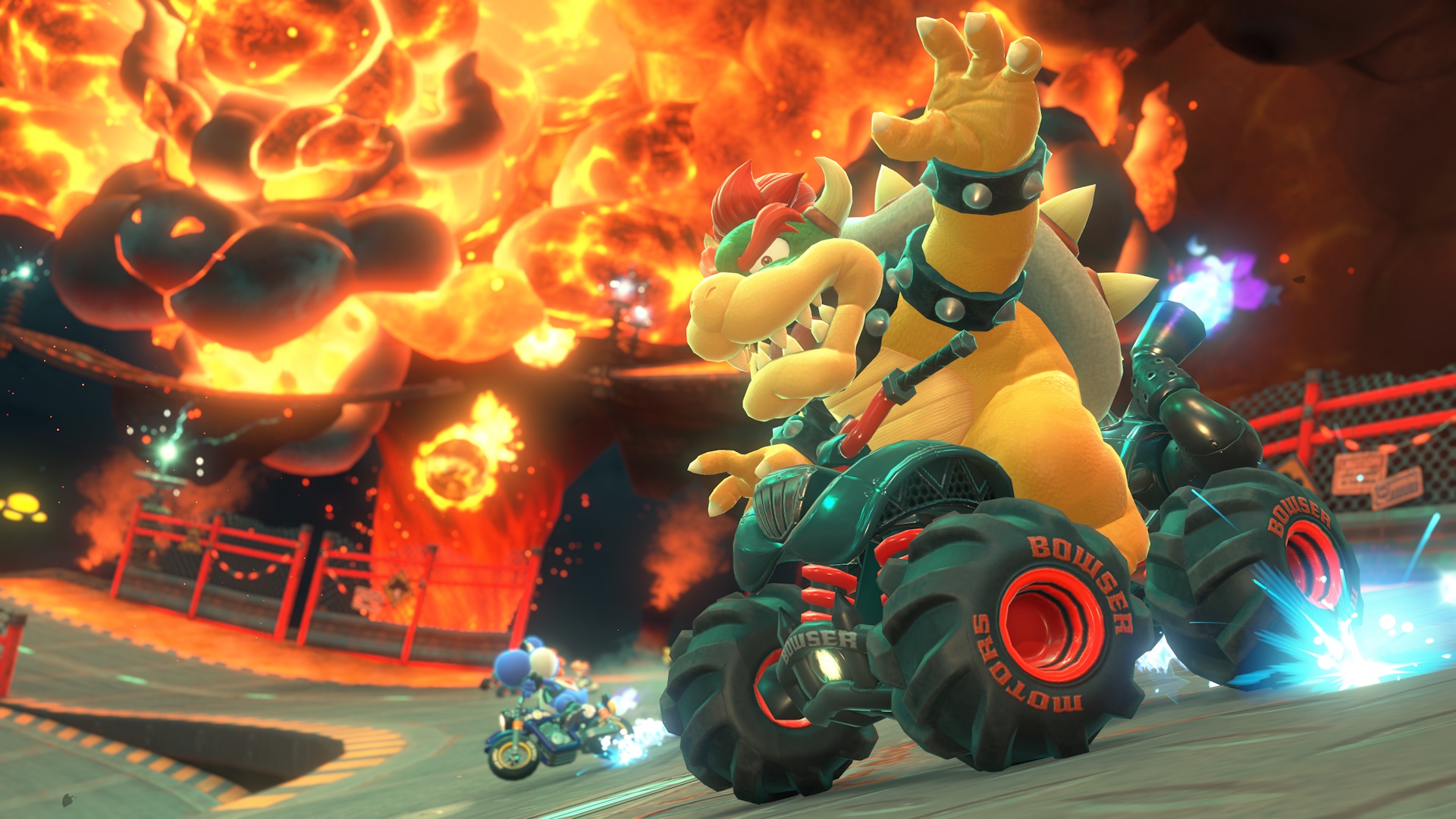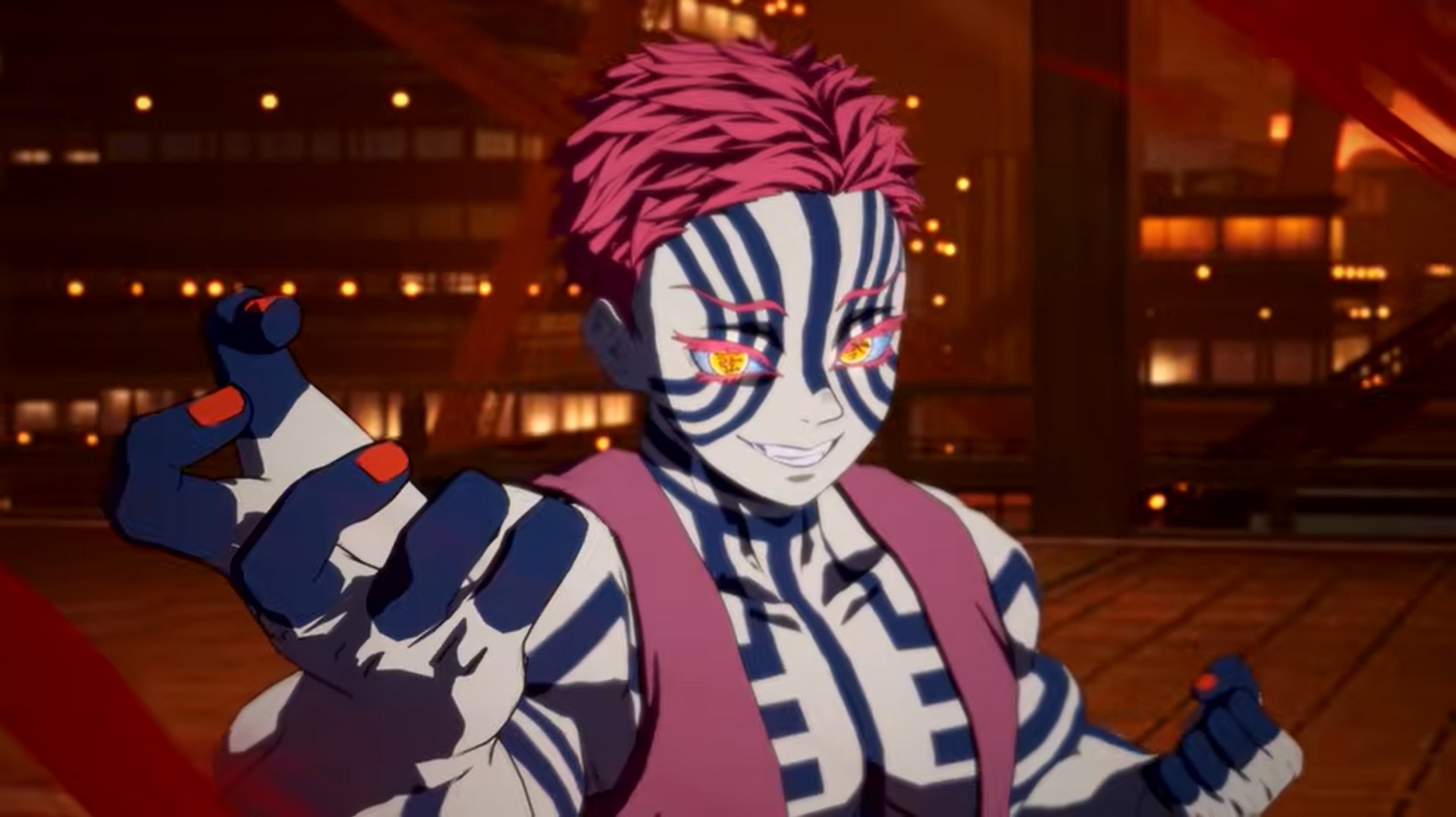Grand Theft Auto III stands as a landmark title in video game history, redefining the possibilities of the open-world genre when it launched for the PlayStation 2 in October 2001.
Developed by Rockstar North—formerly known as DMA Design—the game introduced players to a dynamic 3D metropolis and became a cultural phenomenon, selling over 14 million copies across platforms.
Yet, the influential path to GTA III’s success included an unexpected detour: Sega’s Dreamcast played a significant, if under-acknowledged, role in shaping the iconic title’s development. After shipping the inventive platformer Space Station Silicon Valley in 1999, DMA Design’s teams were at a creative crossroads.
While one faction wrapped up the 2D Grand Theft Auto II and another explored new territory with what would later become Manhunt, a small group led by future Rockstar producer Leslie Benzies began experimenting with 3D city tech demos on Dreamcast development kits.
These prototypes, which even featured large rampaging creatures reminiscent of Godzilla, laid the groundwork for what would become Grand Theft Auto’s open-world formula. "We built a tech demo on the Dreamcast that showcased cars moving through a 3D city, with realistic lighting and vehicle deformation,” recalled former DMA support engineer Alan Jack.
He described how DMA’s leadership aimed to foster creativity during a period of technological transition, encouraging the team to expand these demo concepts into potential game projects set on the Dreamcast.
The result was a flurry of ideas, some inspired by Body Harvest’s open-world exploration and Silicon Valley’s level design, culminating in a city prototype bustling with cars and pedestrians. DMA founder Dave Jones envisioned this prototype evolving into a full game, even considering a licensed direction inspired by Godzilla.
Jack further noted the team’s enthusiasm for the Dreamcast’s analog controller features, which inspired innovative gameplay ideas such as using triggers to control the movements of a kaiju’s neck and jaw.
“The game introduced a mechanic where you could pick up objects or characters delicately, adding a unique layer to the gameplay,” he said.
At its core, the project focused on destruction, evolution, and exploration—concepts that would soon define GTA III. While these early experiments on the Dreamcast showcased the potential for a true 3D open world, shifting market realities impacted the project's trajectory.
In September 1999, publisher Take-Two acquired DMA and consolidated its teams in a new Edinburgh location, rebranding the studio as Rockstar North.
With the PlayStation 2’s growing dominance, commercial focus shifted away from the Dreamcast, prompting the developers to port their city-based tech demo to Sony’s hardware. Aaron Garbut, now co-studio head at Rockstar North, told Game Informer in 2023, “After finishing our first game at DMA Design, we had time to prototype new ideas and spent several weeks building city blocks on the Dreamcast—complete with docks, shops, and neighborhoods, as well as citizens and vehicles moving throughout.” Rockstar North technical director Obbe Vermeij echoed this, adding on social media that development on Grand Theft Auto III for the Dreamcast lasted roughly four months before the transition to PlayStation 2.
Vermeij clarified, “It wasn’t due to hardware limitations—the Dreamcast could have run GTA III—but the market was moving on.” Though Grand Theft Auto III was ultimately never released for the Dreamcast, the console’s hardware and the creative freedom DMA Design enjoyed during this period played a crucial part in bringing the Grand Theft Auto series into the realm of 3D open worlds.
The legacy of these early Dreamcast prototypes continues to be felt across the industry, highlighting the platform’s often-overlooked influence on gaming’s most transformative titles.
Developed by Rockstar North—formerly known as DMA Design—the game introduced players to a dynamic 3D metropolis and became a cultural phenomenon, selling over 14 million copies across platforms.
Yet, the influential path to GTA III’s success included an unexpected detour: Sega’s Dreamcast played a significant, if under-acknowledged, role in shaping the iconic title’s development. After shipping the inventive platformer Space Station Silicon Valley in 1999, DMA Design’s teams were at a creative crossroads.
While one faction wrapped up the 2D Grand Theft Auto II and another explored new territory with what would later become Manhunt, a small group led by future Rockstar producer Leslie Benzies began experimenting with 3D city tech demos on Dreamcast development kits.
These prototypes, which even featured large rampaging creatures reminiscent of Godzilla, laid the groundwork for what would become Grand Theft Auto’s open-world formula. "We built a tech demo on the Dreamcast that showcased cars moving through a 3D city, with realistic lighting and vehicle deformation,” recalled former DMA support engineer Alan Jack.
He described how DMA’s leadership aimed to foster creativity during a period of technological transition, encouraging the team to expand these demo concepts into potential game projects set on the Dreamcast.
The result was a flurry of ideas, some inspired by Body Harvest’s open-world exploration and Silicon Valley’s level design, culminating in a city prototype bustling with cars and pedestrians. DMA founder Dave Jones envisioned this prototype evolving into a full game, even considering a licensed direction inspired by Godzilla.
Jack further noted the team’s enthusiasm for the Dreamcast’s analog controller features, which inspired innovative gameplay ideas such as using triggers to control the movements of a kaiju’s neck and jaw.
“The game introduced a mechanic where you could pick up objects or characters delicately, adding a unique layer to the gameplay,” he said.
At its core, the project focused on destruction, evolution, and exploration—concepts that would soon define GTA III. While these early experiments on the Dreamcast showcased the potential for a true 3D open world, shifting market realities impacted the project's trajectory.
In September 1999, publisher Take-Two acquired DMA and consolidated its teams in a new Edinburgh location, rebranding the studio as Rockstar North.
With the PlayStation 2’s growing dominance, commercial focus shifted away from the Dreamcast, prompting the developers to port their city-based tech demo to Sony’s hardware. Aaron Garbut, now co-studio head at Rockstar North, told Game Informer in 2023, “After finishing our first game at DMA Design, we had time to prototype new ideas and spent several weeks building city blocks on the Dreamcast—complete with docks, shops, and neighborhoods, as well as citizens and vehicles moving throughout.” Rockstar North technical director Obbe Vermeij echoed this, adding on social media that development on Grand Theft Auto III for the Dreamcast lasted roughly four months before the transition to PlayStation 2.
Vermeij clarified, “It wasn’t due to hardware limitations—the Dreamcast could have run GTA III—but the market was moving on.” Though Grand Theft Auto III was ultimately never released for the Dreamcast, the console’s hardware and the creative freedom DMA Design enjoyed during this period played a crucial part in bringing the Grand Theft Auto series into the realm of 3D open worlds.
The legacy of these early Dreamcast prototypes continues to be felt across the industry, highlighting the platform’s often-overlooked influence on gaming’s most transformative titles.






